Contact us
401 W. Kennedy Blvd.
Tampa, FL 33606-13490
(813) 253-3333
UT’s new bell tower marries centuries-old traditions with 21st-century technology.
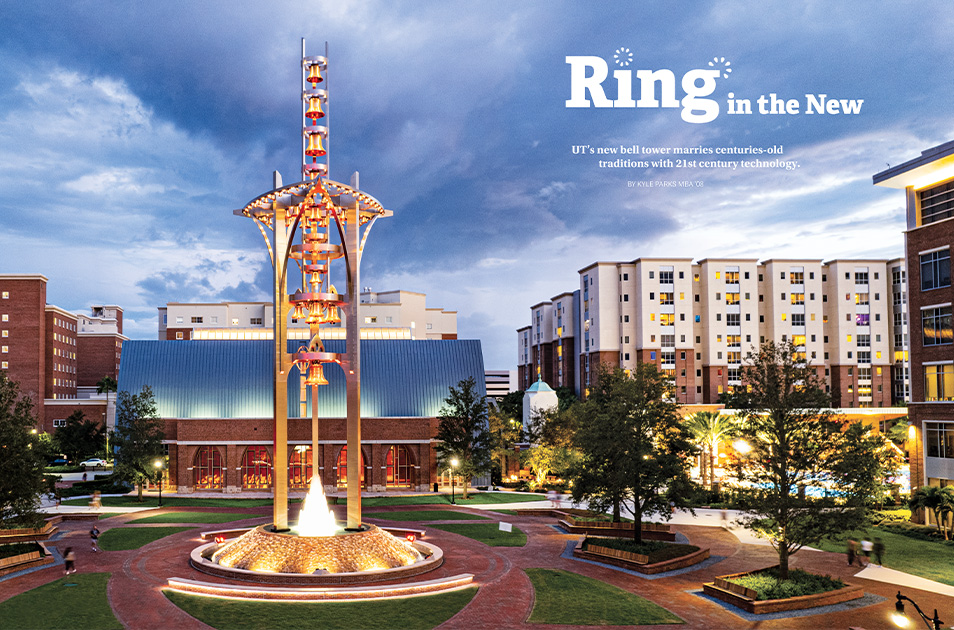
The Susan and John Sykes Ars Sonora, which soars 105 feet above the Sykes Plaza, will be featured in outdoor concerts that will enrich the University and the Tampa Bay community. Photograph: Marc Vaughn
By Kyle Parks
As longtime University of Tampa benefactor John Sykes finished a meeting with UT President Ronald Vaughn in 1997 about plans for what would become the Sykes Chapel and Center for Faith and Values, he had one additional thought.
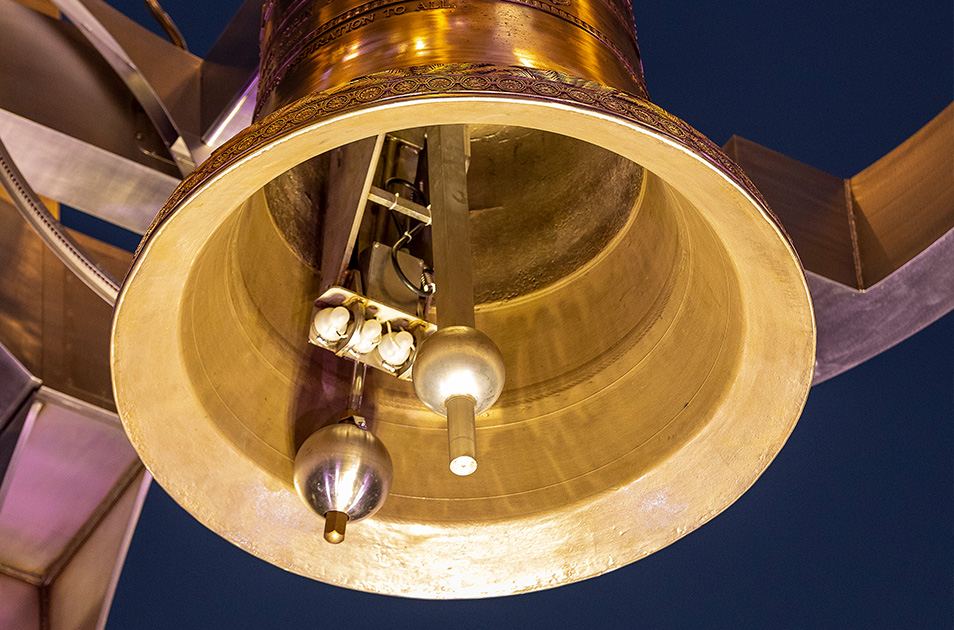
The Sykes bell measures 6 feet tall, 5 feet wide, and weighs 5,000 pounds. Photograph: Marsha Kemp
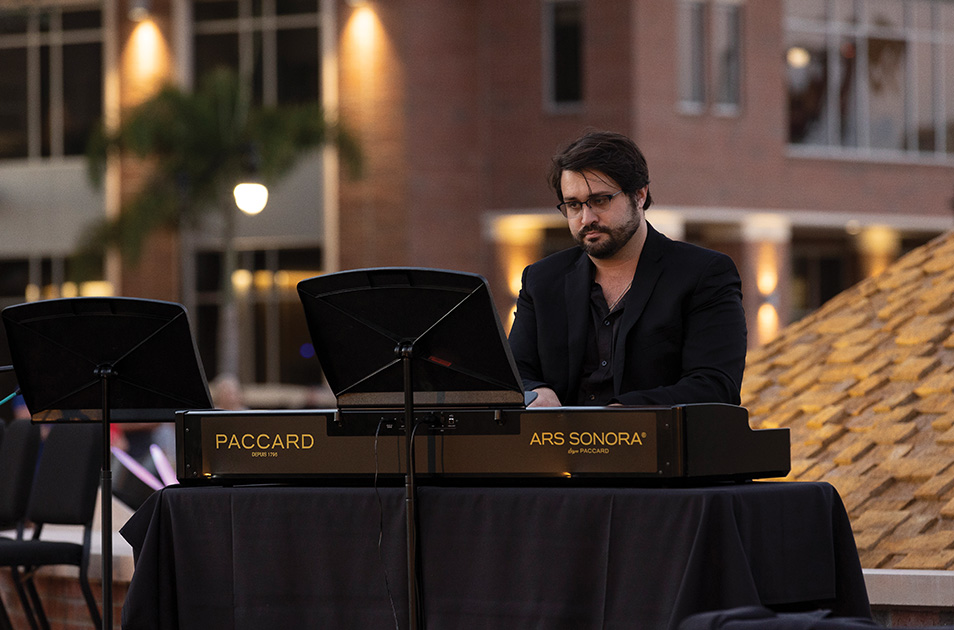
For Josh Cessna ’16, staff pianist and Ars Sonora curator, learning to play the one-of-a-kind instrument has been gratifying. Photograph: Marsha Kemp
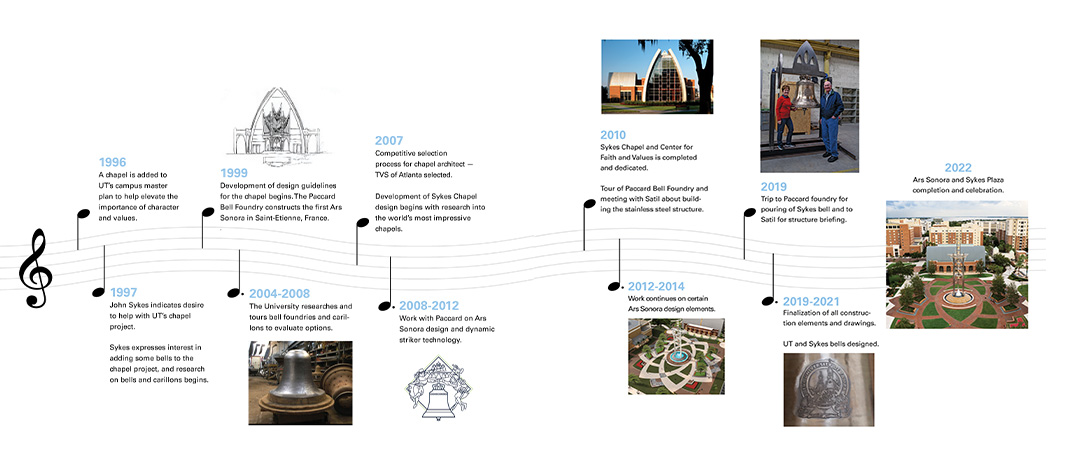
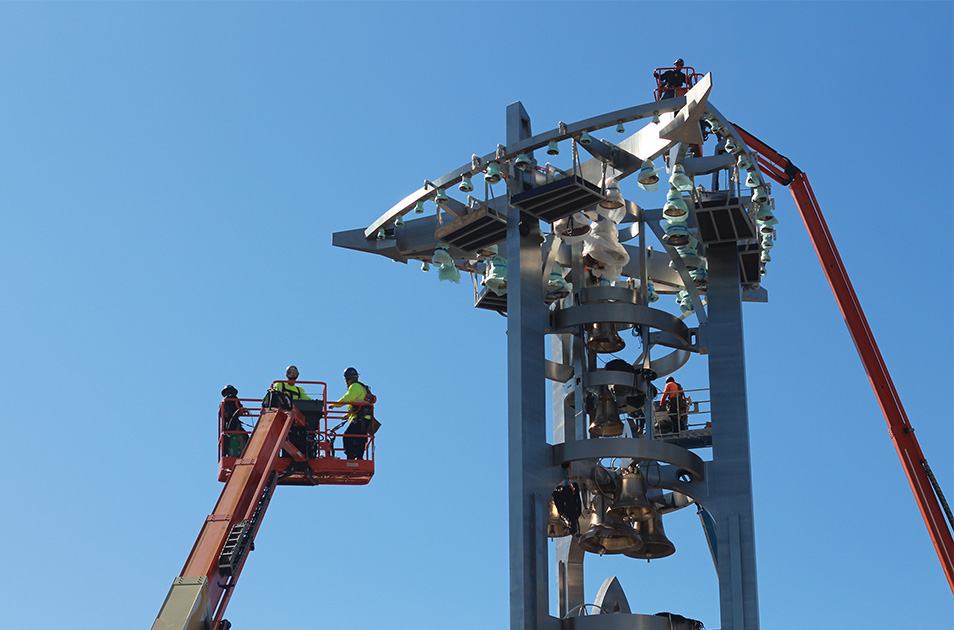
Construction of the Ars Sonora began on campus in January 2022 and was completed in early February. Photograph: Madison Shorle ’22
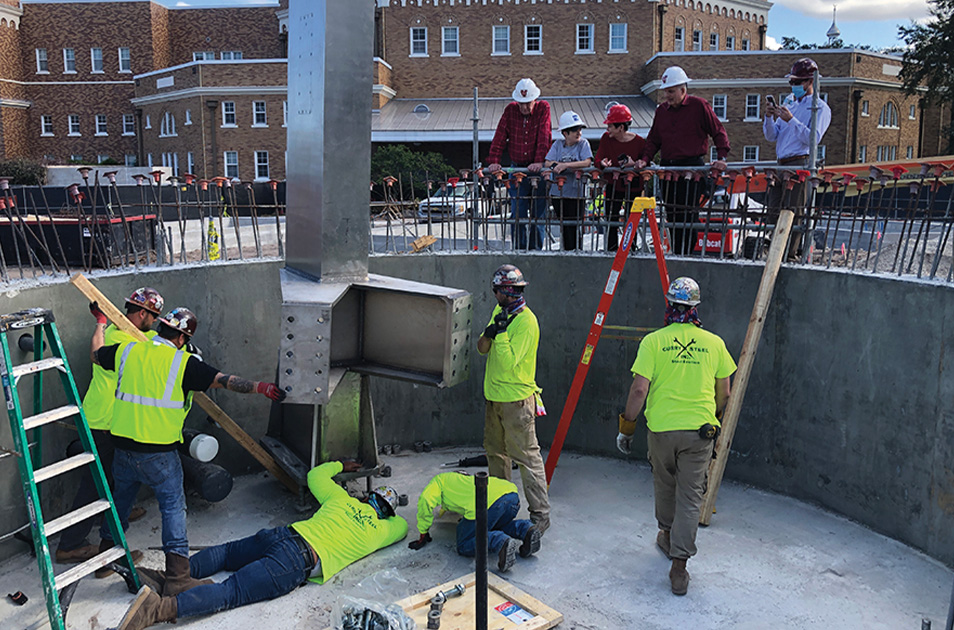
The Ars Sonora is anchored by 18 drilled piers that are embedded up to 80 feet below ground level. Photograph by Jamie Pilarczyk MBA ’13, M.S. ’13
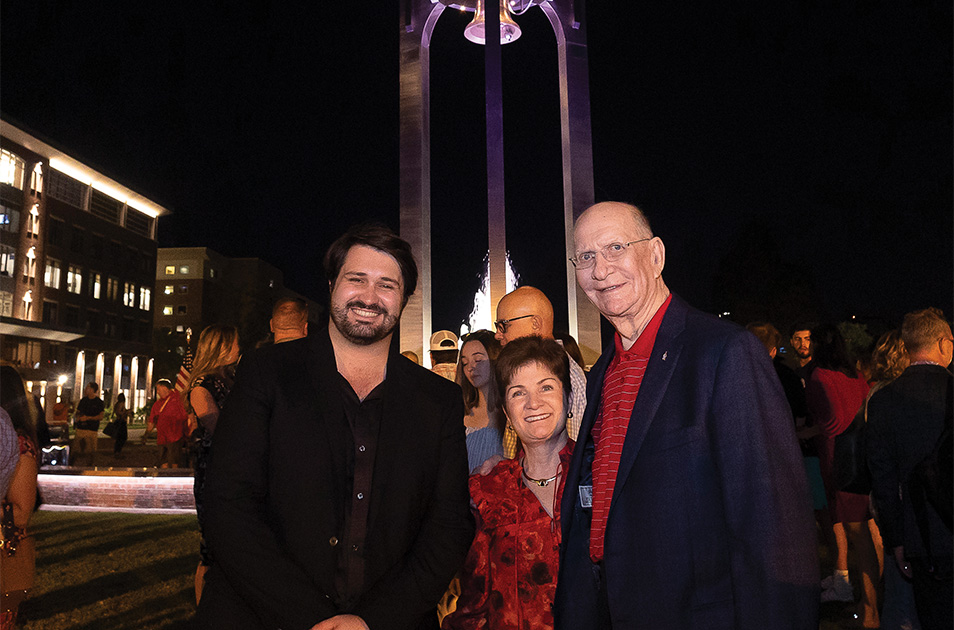
Josh Cessna ’16, staff pianist and Ars Sonora curator, with donors Susan and John Sykes, at the opening concert in October. Photograph: Marsha Kemp
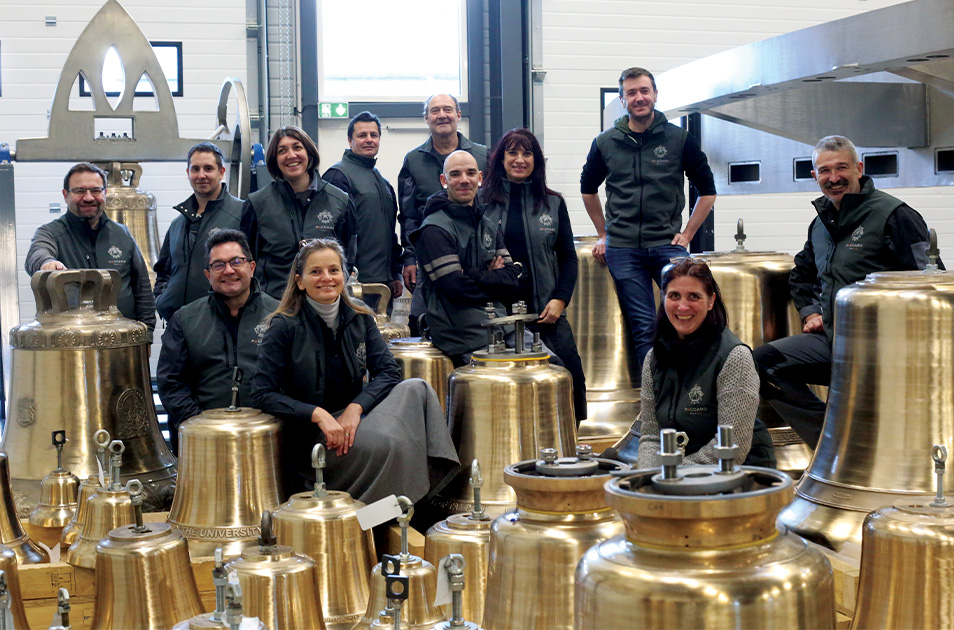
The team at Paccard Bell Foundry has been perfecting the innovative Ars Sonora concept over the past two decades. Photograph: Yannick Perrin
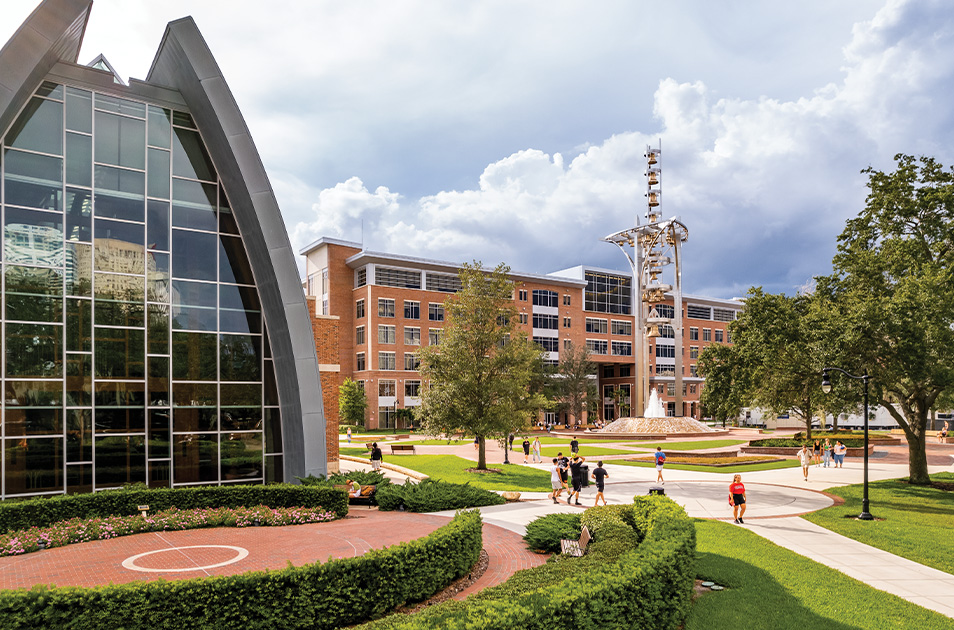
The Sykes Chapel and Center for Faith and Values, the Susan and John Sykes Ars Sonora and Sykes Plaza provide inspirational settings for students to reflect, gather and interact. Photograph: Marc Vaughn
More UTampa News